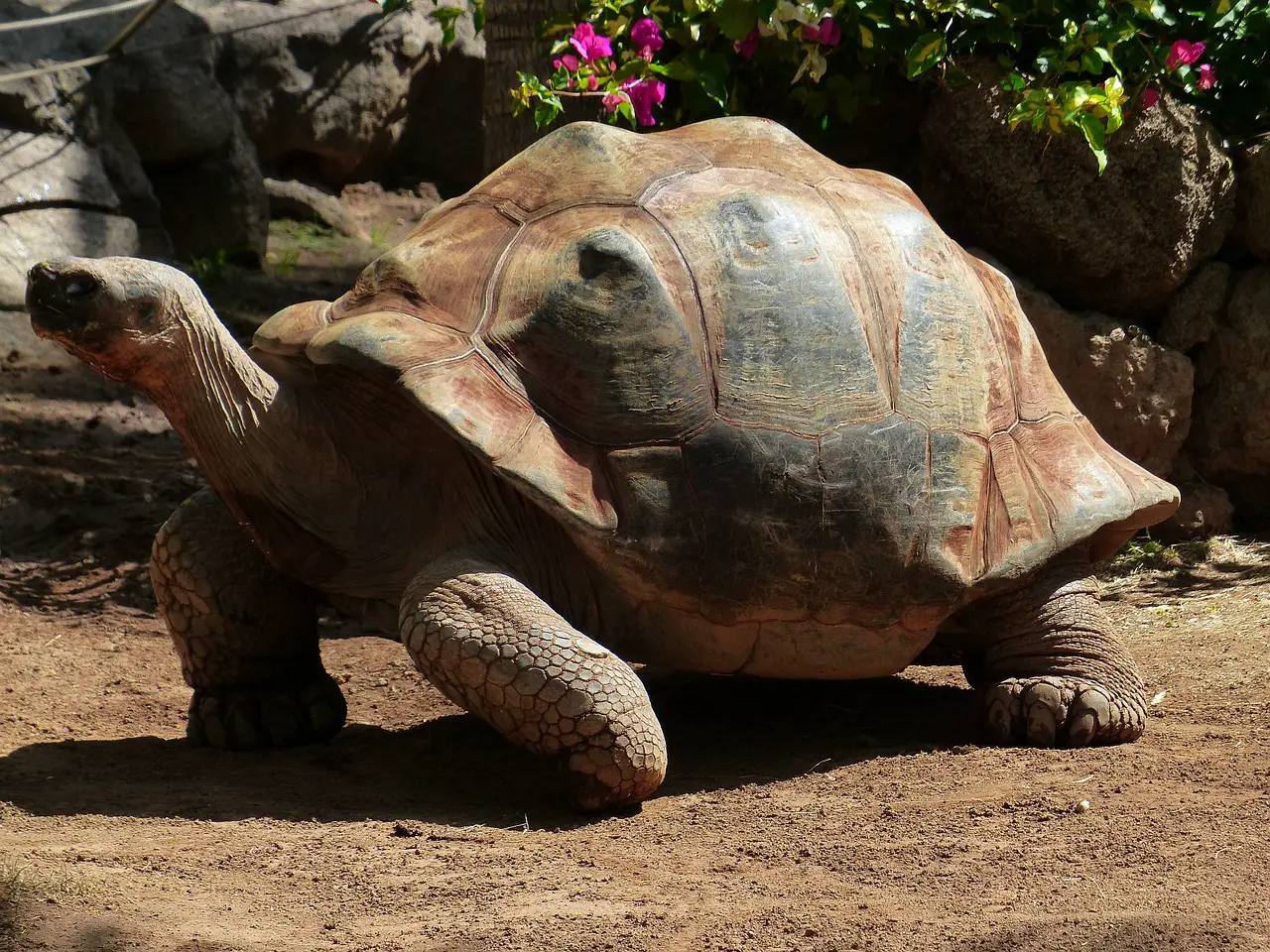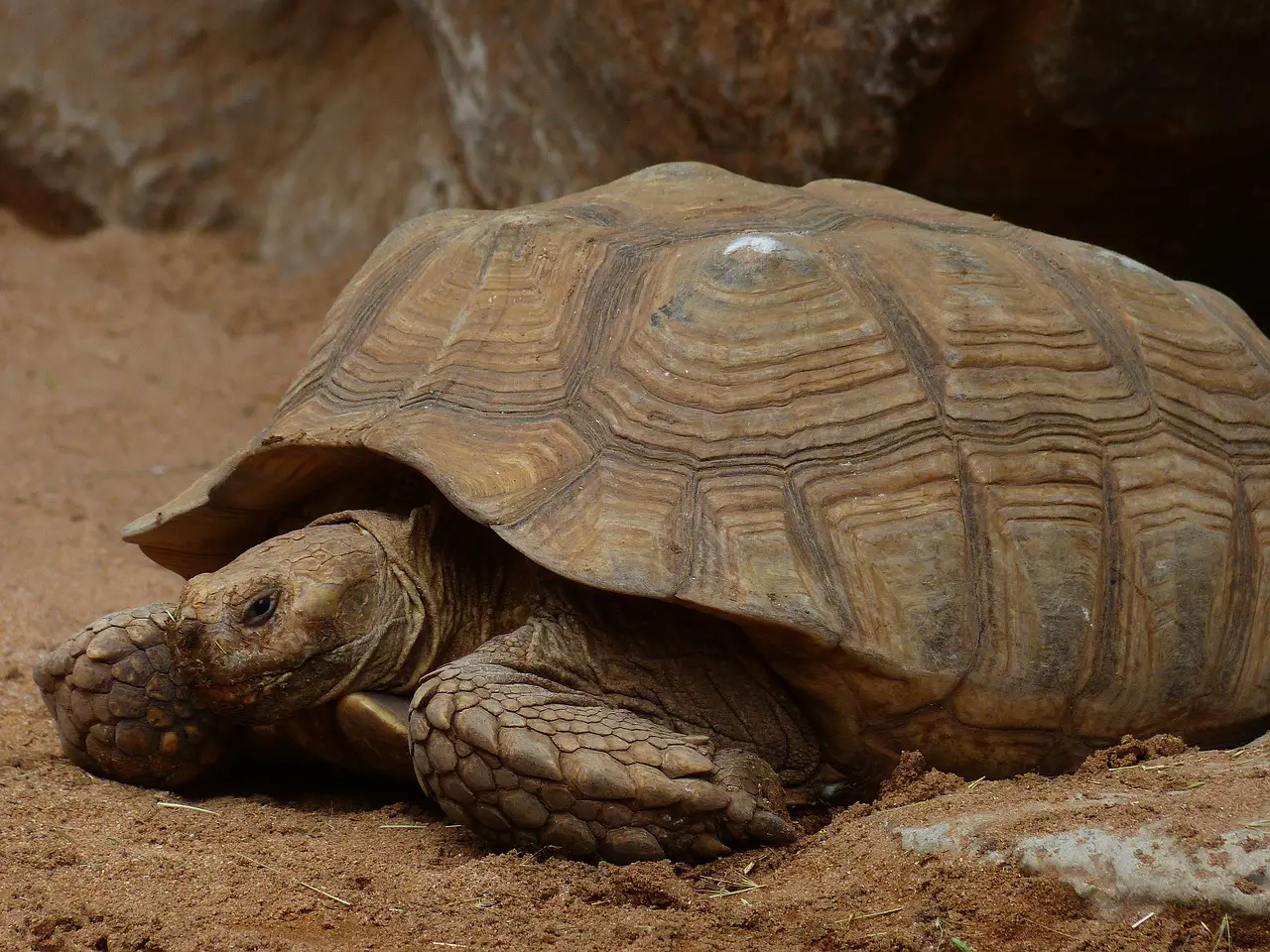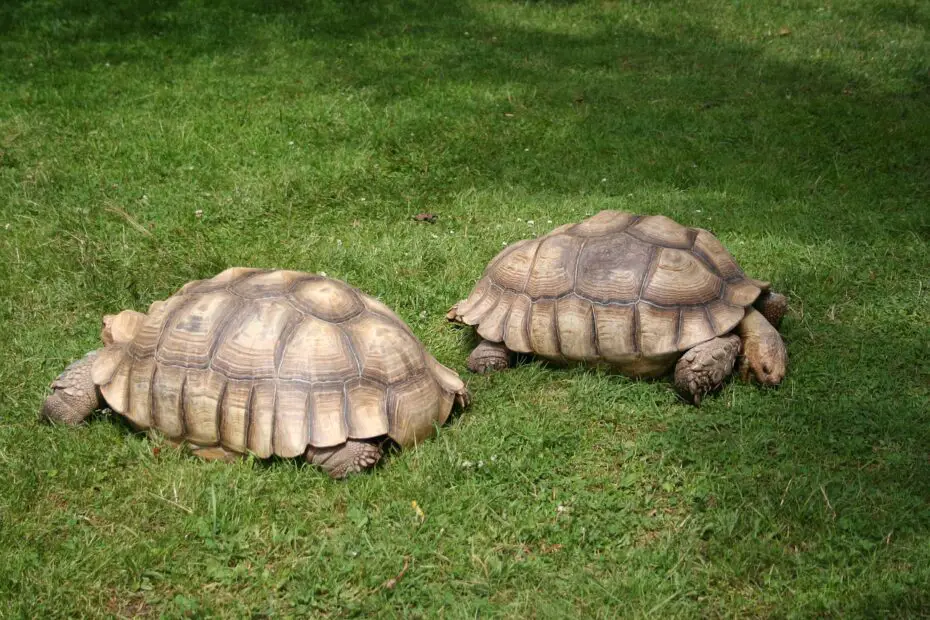1. Introduction
Welcome to the world of sulcata tortoises, magnificent creatures that have captured the hearts of reptile enthusiasts. As keepers, it is our responsibility to provide them with a suitable sulcata tortoise habitat that mimics their natural environment. In this comprehensive guide, we will explore the habitat requirements of sulcata tortoises, ensuring their well-being and promoting their longevity.
You may also want to read about the lifespan of a turtle.
2. Understanding Sulcata Tortoises
Sulcata tortoises, also known as African spurred tortoises, are among the largest tortoise species in the world. They are native to the arid regions of the Sahara Desert in Africa and are well-adapted to survive in harsh, dry environments. These majestic giants can live for several decades and require specific conditions to thrive in captivity.
3. Natural Habitat of Sulcata Tortoises
In the wild, sulcata tortoises inhabit arid grasslands and savannas. They are well adapted to the extreme temperatures and limited food and water resources found in their native habitats. Understanding their natural habitat is crucial for recreating a suitable environment in captivity.

Sulcata Tortoise Habitat
4. Geographic Distribution
Sulcata tortoises are native to the northern regions of Africa, including countries such as Chad, Mali, Niger, Senegal, and Sudan. They have also been introduced to other parts of the world, including the United States and Europe, where they are commonly kept as pets.
5. Climate and Environmental Requirements
Sulcata tortoises thrive in a warm and dry climate. They require ample sunlight for thermoregulation and proper digestion. Maintaining the appropriate temperature and humidity levels in their habitat is essential for their overall well-being.
6. Creating a Suitable Sulcata Tortoise Habitat
Providing a suitable habitat for sulcata tortoises is crucial to their health and happiness. Whether you choose an outdoor or indoor enclosure, there are several factors to consider to ensure their comfort and well-being.
7. Outdoor Sulcata Tortoise Habitat
Outdoor enclosures are ideal for sulcata tortoises as they allow them to experience natural sunlight and fresh air. The enclosure should be spacious, secure, and escape-proof. It should also provide protection from predators, extreme weather conditions, and potential hazards.
8. Indoor Sulcata Tortoise Habitat
For those living in climates that are unsuitable for year-round outdoor housing, indoor enclosures can be a viable option. These enclosures should be spacious enough to allow for adequate movement and should replicate the natural conditions of their native habitat.

Sulcata Tortoise Habitat
9. Substrate and Shelter
Sulcata tortoises require a substrate that mimics the arid soil of their natural habitat. Options such as a mixture of sand, topsoil, and coconut coir can provide the ideal substrate for digging and nesting. Additionally, providing shelters such as hides, logs, or large rocks allows them to retreat and feel secure.
10. Temperature and Lighting
Maintaining proper temperature and lighting is crucial for sulcata tortoises. They require a basking spot with temperatures ranging between 90-100°F (32-38°C) and a cooler area with temperatures around 75-85°F (24-29°C). UVB lighting is essential for their health, aiding in the synthesis of Vitamin D3 for calcium metabolism.
11. Feeding and Hydration
Sulcata tortoises are herbivores and have specific dietary requirements. Their diet should consist mainly of high-fiber grasses, hay, and leafy greens. Providing a varied and nutritious diet is essential to prevent nutritional deficiencies. Additionally, access to clean, fresh water should be available at all times.
12. Behavioral Enrichment
To promote the overall well-being of sulcata tortoises, it is important to provide environmental enrichment. This can include providing opportunities for natural behaviors such as digging, foraging, and exploring. Incorporating objects like rocks, branches, and edible plants can stimulate their natural instincts.
13. Health Considerations
Monitoring the health of sulcata tortoises is crucial for early detection of any potential issues. Regular veterinary check-ups, proper hygiene practices, and maintaining a clean environment are essential. Being aware of common health problems and providing appropriate care can help prevent or address any concerns.
14. Sulcata Tortoise FAQs
- How big do sulcata tortoises get?
- Sulcata tortoises can grow to impressive sizes, with males reaching lengths of up to 30 inches (76 cm) and weighing over 100 pounds (45 kg).
- Can sulcata tortoises be kept indoors?
- While outdoor enclosures are preferable, sulcata tortoises can be kept indoors if provided with adequate space, proper lighting, and temperature regulation.
- Do sulcata tortoises hibernate?
- Sulcata tortoises do not hibernate in the wild or captivity. They are adapted to arid environments and do not require hibernation.
- How often should sulcata tortoises be fed?
- Sulcata tortoises should be fed a varied diet of grasses, hay, and leafy greens daily. Feeding frequency may vary depending on the age and health of the tortoise.
- Are sulcata tortoises good pets for beginners?
- Due to their size and specific care requirements, sulcata tortoises are better suited for experienced reptile keepers who can provide the necessary habitat and attention they require.
15. Conclusion
Creating a suitable habitat for sulcata tortoises is a crucial aspect of responsible ownership. By understanding their natural habitat, replicating the necessary climate conditions, and providing appropriate enclosures, substrate, temperature, and nutrition, you can ensure the well-being and longevity of these magnificent creatures. Remember, providing them with a suitable home is a commitment that will reward you with the joy of witnessing their natural behaviors and witnessing their majestic presence.
